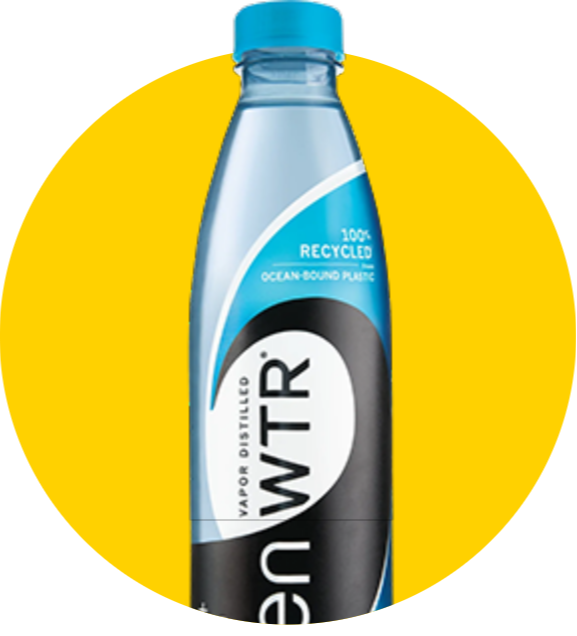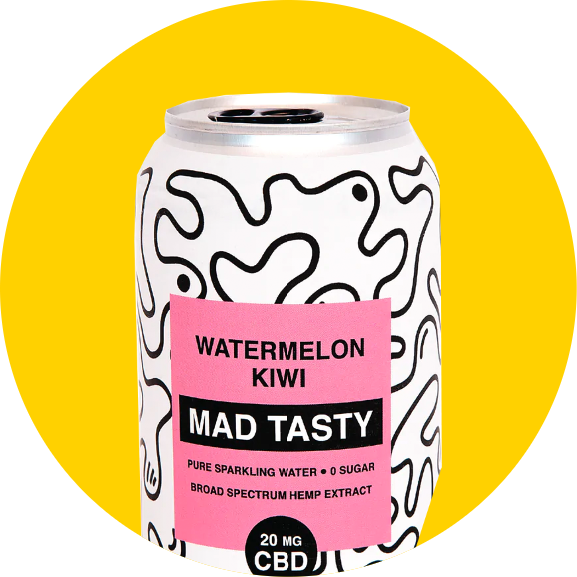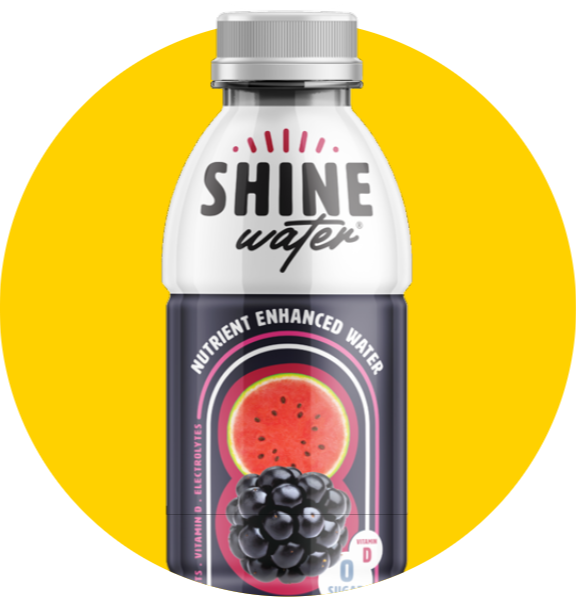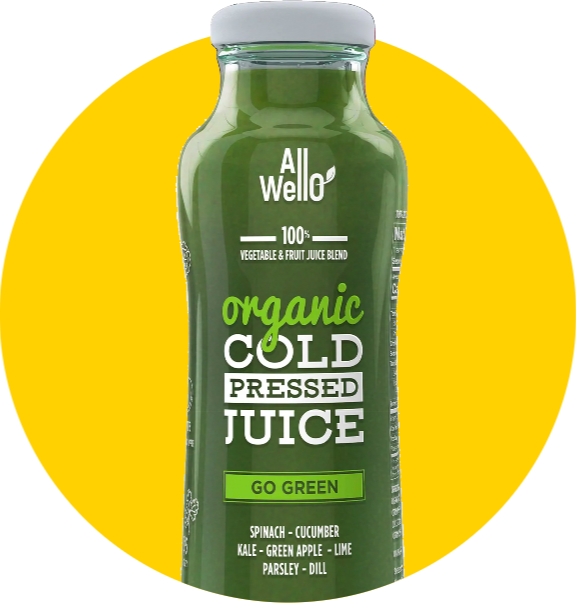When most of us think about fashion, the brands that come to mind are often the designer or premium ones: the Ralph Laurens or Louboutins of the world. And while some companies in this space certainly have prominent images, the real leaders in today’s fashion branding game may come as a surprise.
Using our internal data science platform Helio, we analyzed 9,285 fashion companies in North America and compared the primary attributes associated with those companies to their overall brand scores. Helio establishes a brand score by examining billions of data points covering a wide range of information. These data points help Helio to evaluate the strength, reach, growth and intensity of a brand. An easy and obvious example is social media. Helio evaluates a company’s presence on social media based on how involved its followers are with content, whether the company is attracting new followers, and much more. Helio also identifies specific attributes associated with different brands based on textual keywords companies use to describe themselves. Helio looks at many other factors besides social media, but we have found social media to be helpful for our goals.
In our evaluation, we focused on the 11 attributes most commonly identified in the brands we analyzed (these attributes were in 5,452 out of the 9,285 brands). To eliminate noise from covariates, the sample of 5,452 only included brands that had a single identifiable attribute (e.g. premium) rather than multiple attributes (e.g. premium and luxury). We scaled the average brand score of the 9,285 companies analyzed to 100, and scaled the scores of the primary attributes accordingly. The results of that analysis are detailed below:
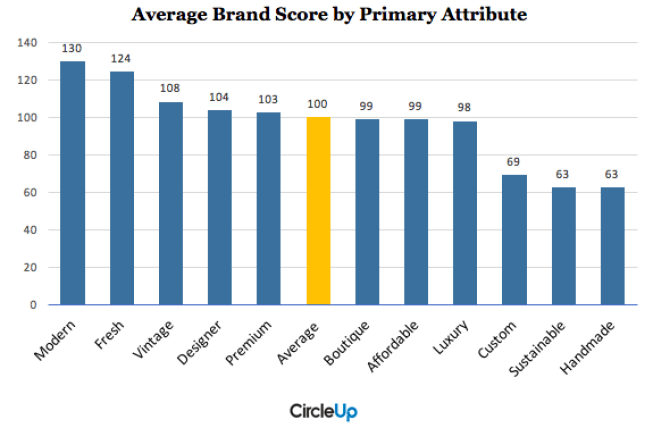
Brands that Helio identified as “modern” averaged the highest among the 11 attributes examined, with companies identified as “fresh” coming in a close second. Before fashion companies rush to update old styles, it’s also interesting to note that brands identified as “vintage” came in third, although these brands scored considerably lower than modern or fresh ones. Somewhat surprisingly, “designer” and “premium” brands scored only slightly better than average, while brands identified as “luxury” actually scored slightly below average. “Custom,” “sustainable,” and “handmade” brands scored the worst by far, coming in well below average.
The Power of Social Media
So, what does all this mean? When you reflect on it, it would seem to make sense that fashion companies that are branded as modern or fresh would have a strong online presence that mirrors the modern-day image they are trying to convey with their apparel. Indeed, our analysis found that these companies posted on social media more frequently than average and had significantly higher than average engagement rates with their content.
Premium, designer, and luxury brands were a mixed bag. All three categories posted on social media less frequently than average, and while premium and designer brands had higher than average engagement with the content they did post, luxury brands had below average engagement. Previous analysis has found that some high-end brands fear that an online presence may cheapen prestige and ruin the exclusivity that is part of their image, which may explain the low volume of content.
Custom, sustainable, and handmade brands all had considerably lower online followings than average, posted less than average, and had engagement with content that was well below average. One possible explanation for this is that these brands involve more bespoke, custom production which makes it hard to scale; as such, they may have a harder time capturing broader attention compared to other players in the space.
What the Data Doesn’t Show
There are a couple caveats that come with this data. Firstly, online brand is not the only measure of brand strength. In the fashion world, word of mouth is also an important component of overall image. Helio is constantly adding new data sets and information to continue to move towards a holistic view of brand (as well as other areas important to company success such as team and distribution). When considering our analysis, there are also demographic considerations to take into account as younger generations are often more likely to engage with companies online than older generations.
Finally, correlation does not necessarily equal causation. We can hypothesize about the link between attribute and brand, but the more complicated work our data science team is pursuing is to parse out the important signals from the noise to help investors, and brands themselves, identify and nurture the attributes that drive success, not those that are just associated with it.
A Starting Point
Ultimately, this data analysis is meant more as a presentation of findings than an explanation of them. In a way, that’s the beauty of data science as a discipline. When it’s done right, a question often does not lead to a clear answer—it instead leads to many other new and interesting questions. At CircleUp, performing just one analysis in Helio often serves as a starting point for a number of other interesting queries, leading us down a path that we hadn’t anticipated in the beginning.
We are very excited by the many types of analysis that are possible through Helio, and we look forward to sharing more cool findings with you as we continue to ask questions and journey down new and interesting paths in the future.
Zen Water
A water brand with an estimated revenue of $10-$20M (a +407% YoY increase)
Recess
A carbonated drink brand with an estimated revenue of $10-$20M (a +104% YoY increase)
Mad Tasty
A water brand with an estimated revenue of $1-$5M
Shine Water
A water brand that is in 3,000 retail doors (a +329% YoY increase)
All Wello
A juice brand with an estimated revenue of $1-$5M (a +89% YoY increase)
By understanding how these trends will impact the CPG landscape, you can position your business for success.
To learn more about Helio or get in touch, visit heliodata.com.


